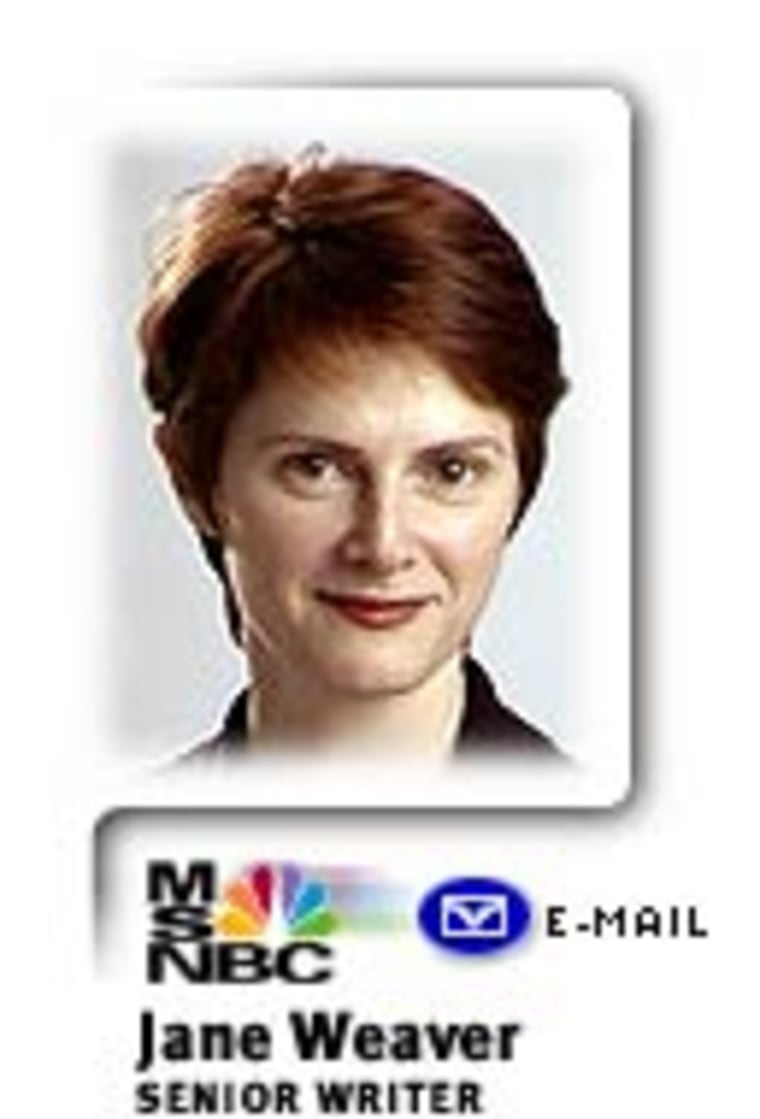The U.S. advertising market for 2003 is looking better than first forecast earlier this year, a closely watched industry research firm said Tuesday.

ROBUST SPENDING ON the upcoming fall TV season and on Spanish-language media are contributing to a 4.3 percent rise in U.S. advertising over last year to $125 billion, according to TNS Media Intelligence/CMR, an advertising research firm based in New York.
Steven Fredericks, president and chief executive of TNS Media upped the yearly forecast from an earlier projection because the war in Iraq didn’t damage TV ad sales as much as feared. Earlier the research firm had called for 3.3 percent growth in 2003 over last year.
Prior to the war, industry analysts were concerned that many marketers would curb their campaigns in the face of round-the-clock TV coverage of the Iraq invasion or in the event of a drawn-out war. In fact, first-quarter TV ad spending gained $70 million, or 4 percent, over time the same period last year.
“The first quarter was more robust than expected,” Fredericks said Tuesday at a New York advertising conference “AdWatch: Outlook 2003,” co-sponsored with the trade publication Advertising Age.
The TNS forecast tracks ad spending across major media, including network TV, cable, syndication, magazines, newspapers and local radio.
The surprisingly robust TV “upfront” sales for the fall season also contributed to the healthy outlook for the year. Broadcast TV executives have boasted that major advertisers and ad agencies have committed a record-breaking $9.3 billion in commercial spending for fall primetime shows, an impressive 15 percent leap over last year.
What happens across Madison Avenue is widely considered a leading indicator of the U.S. economy in general because major American corporations base their marketing budgets on projected sales.
In the fourth-quarter — typically the strongest period of the year — ad spending is projected to grow 5.2 percent to round out the year with a 4.3 percent rise over 2002.
In the first-quarter of the year, domestic auto spending grew 12 percent over the prior year, followed closely by an 11 percent increase in pharmaceuticals and non-domestic autos with an 8 percent jump.
Telecommunications, banking and investment services spending dropped two percent.
Spending in Spanish-language media outpaced the rest of the industry with a projected 16.9 percent increase over 2002. Because the Hispanic population is now the largest ethnic minority in the U.S., Spanish-language media has become a rapidly growing focus for American marketers, according to industry analysts.
Hispanic buying power is expected to grow from $581 billion in 2002 to nearly $1 trillion by 2007, said Fredericks.
ONLINE UPTURN
After suffering two years of declines, Internet ad spending should grow 7.4 percent this year, TNS forecasts.
While other industry experts say much of the Internet’s growth is coming from small businesses spending on paid listings in search engines, a turnaround in online advertising in general seems to be in effect. Earlier this month Goldman Sachs inched up its online advertising forecast to $5.99 billion from a prior forecast of $5.4 billion.
“The majority of our clients have an Internet component to their campaigns,” said Robin Kent, worldwide chairman and chief executive of Universal McCann, a media buying agency. “There is a shift [to Internet advertising], but it’s still relatively small.”
The TNS/CMR advertising forecast is the latest optimistic report on the ad industry for 2003, despite the stumbling U.S. economy overall.
Last week, Robert Coen, the respected director of forecasting at Universal McCann, said total U.S. ad expenditures for 2003 would rise 4.6 percent to $247.7 billion for the year. Coen’s mid-year projection was down slightly from an earlier call of 5 percent ad growth for the year. Coen said the war in Iraq slowed network TV advertising in the first-quarter compared to the strong ad market in 2002 when the Winter Olympics were aired on NBC. However, marketing in the second-half of the year is expected to outpace general economic growth, Coen said. (MSNBC is a Microsoft-NBC joint venture.)
Coen’s figures differ from the TNS report because Universal McCann includes direct advertising, yellow pages and other categories not tracked by TNS.
“We believe that the U.S. economy will expand at a stronger pace in the second half of 2003 and at an even faster rate in 2004,” Coen said during his presentation in June. He projected U.S. advertising to increase by 6.5 percent in 2004 over this year.
There are some rough spots, the ad experts noted Tuesday.
Retail spending is plodding at a slower pace than expected and newspaper classifieds, particularly help wanted ads, are weak, said Merrill Lynch analyst Lauren Rich Fine during a conference panel. Fine said that she recently trimmed her 2003 forecast for U.S. ad expenditures to a 3.3 percent increase instead of 3.7 growth because of economic pressures.
She projected that the tax rebates being mailed out over the next couple of months could help consumer spending remain strong in the second-half of the year.